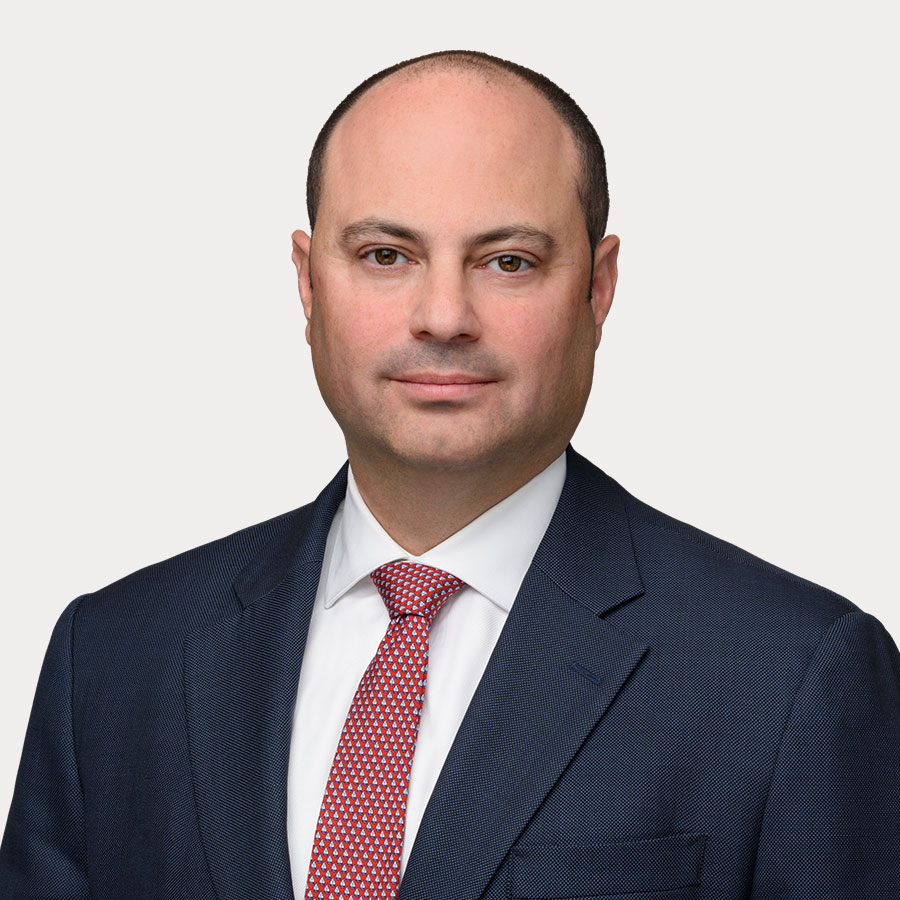Contact our experienced attorneys today at (203) 325-4491 or info@sgtlaw.com to arrange a free, confidential consultation.
November 12, 2013
Allison and Michael Downs v. Orlito A. Trias, M.D. et al.
A New Milford woman was awarded $4 million and her husband $1 million after proving that a doctor failed to warn the woman she had an increased risk of developing ovarian cancer.
In June 2005, Allison Downs underwent a hysterectomy after tests found large uterine fibroids, which are typically benign tumors. Her doctor was Orlito A. Trias, a board certified obstetrician/gynecologist, also from New Milford. During the initial procedure to remove her uterus, Downs, then 46, opted not to have her ovaries removed. But in August 2006, they had to be taken out after she developed full-blown ovarian cancer that had
also spread to her pelvic cavity, bowel and lymph nodes.
One of her lawyers, Richard Silver, of Stamford’s Silver, Golub & Teitell, LLP, explained that Downs had a family history of cancer. Her mother died at age 48, her cousin at age 29 and her grandmother at age 52, all from breast cancer. Several aunts also had breast cancer. “If you have a very significant number of relatives who had breast cancer, there’s a very significant increased risk of ovarian cancer,” said Silver. In medical terms, it’s
called breast-ovarian cancer syndrome. In a medical malpractice lawsuit, the Downses claimed that Dr. Trias failed to inform Allison Downs that she was at an increased risk of ovarian cancer because of her family’s history of breast cancer.
Further, according to the lawsuit, the doctor was negligent not to recommend that his patient have her ovaries removed during the planned hysterectomy in 2005. Allison Downs maintains that if she had been made aware of the risk, she would have had them removed, preventing the
cancer. Removing ovaries during a hysterectomy hastens the arrival of menopause. But Silver said it’s practically “routine” for a woman of
Downs’ age to have her ovaries removed during a hysterectomy because she is only a few years away from menopause anyway.
The symptoms of menopause, he said, are preferable to increasing the risk of ovarian cancer, which is not usually detectable until it reaches late stages. “At 46-and-a-half, you may be saving five years of menopause [by not removing ovaries] versus the risk of ovarian cancer,” said Silver. “It’s a balance. When you’re 46 or 47, it’s a much different issue than if you’re 35, 40.” Silver said he had three medical expert witnesses who testified that not only should the doctor have advised Downs of the risks of developing ovarian cancer but that the doctor also had a duty to recommend the
removal of ovaries during the hysterectomy.
Silver said “the proof was in the pudding” that Downs would have chosen to have her ovaries removed to prevent cancer. When she was just 22, she opted to have prophylactic bilateral mastectomies, surgical removal of her breasts, to virtually eliminate the risk of developing breast cancer, which was so prevalent in her family. “It is clear that her decision to save her own life by undergoing this body-altering procedure at a young, vulnerable age was much more difficult than the decision to remove her ovaries, if she had been merely advised of the significantly increased risk,” said Peter M. Dreyer, another of Downs’s attorneys. Silver said Dr. Trias acknowledged that he never told Downs she was at a higher
risk of developing ovarian cancer because of her family’s breast cancer history. He also never told her that ovarian cancer is undetectable in its early stages.
As a defense, Trias argued that he had told Downs prior to the hysterectomy to get pre-genetic testing to see if she had a certain gene mutation that leaves a woman with increased risk of ovarian and breast cancer. Silver said once Dr. Trias knew his patient was not going to get the pre-genetic
screening, he should have informed her of the risks of not removing her ovaries.
Trias, 67, a native of the Philippines, came to the U.S. in 1974 and started his New Milford practice in 1978. He was represented at trial by Madonna Sacco, of Danaher, Lagnese & Sacco P.C. in Hartford. Also assisting in his defense was David J. Robertson, of the same firm. Sacco and Robertson declined comment, stating that the case is still pending. Robertson said they were working on post-trial motions.
During the trial testimony, Sacco caused a stir by pointing out that she is a breast cancer survivor, prompting an objection from Silver. Superior Court Judge William T. Cremins instructed the jury to disregard those comments during deliberations. “It didn’t seem to me to be appropriate,” said Silver.
The case was on the complex litigation docket in Waterbury and the trial took eight weeks before wrapping up on May 19. The jury deliberated for five days before awarding Allison Downs $4 million and her husband, Michael, $1 million for his consortium claim of losing his wife’s love, comfort, association and companionship.
Silver said that during the trial Allison Downs had another recurrence of the cancer, a development that he could not introduce as evidence. Silver said the cancer has twice recurred and each symptom-free period has been shorter than the last. She will begin another round of chemotherapy
in about five weeks, Silver said.
Despite the cancer, Downs, who has two children in their 20s, has been able to maintain her job at a bank in New Milford. “Even with all her chemo she’s really tried to maintain her job,” said Silver. “She’s not lost much time except to get her chemo.” “I still have a lot of spirit left in me,” Allison Downs told the Danbury News-Times recently. “I’m not going to let this do me in. As long as I can fight it, I’m going to fight it."


